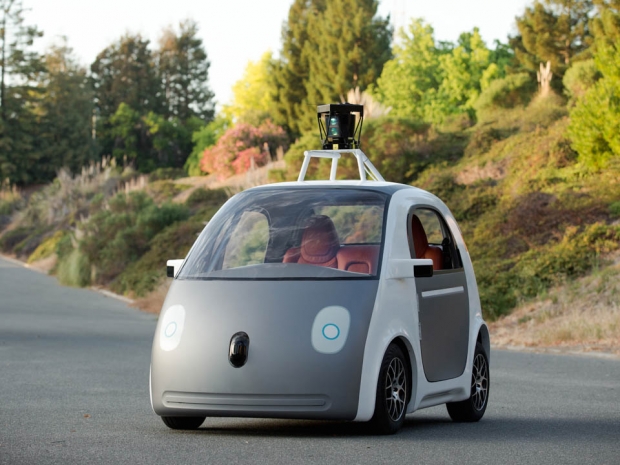Instead, the company is now putting safety at the forefront of its development approach and will introduce a fleet of Uber-like “robo-taxi” vehicles still fully equipped with traditional driving features for human beings. A report from The Information claims that the self-driving fleet will be spun off within the larger Alphabet company and is expected to be announced by the end of 2017.
The change of plans comes during a time when competitors such as Uber have been gaining momentum in the self-driving vehicle market. As it stands, there are at least 19 companies currently vying for market share in this industry, with the goal of having products and services ready within the next five years.
Back in April, Google formed a partnership with Volvo, Uber and Lyft to form a self-driving car coalition. The group’s primary goal is to “work with lawmakers, regulators and the public to realize the safety and societal benefits of self-driving vehicles”.
A few weeks later in May, Google copulated with Fiat Chrysler to produce 100 self-driving minivans, though it claimed that the announcement was nothing more than an automotive company “getting a seat at the table” with Google.
To make matters even more confusing, however, Uber and Volvo then formed a separate love tryst in Augustt worth $300 million to enable self-driving capabilities on Volvo’s flagship XC90 SUV. In other words, Volvo sees Google as one of its main competitors and the sentiment is likely shared.
Even with driver-ready control features, Google’s self-driving car project is quite a "work in progress'. The pilot program witnessed one of its first crashes on September 23rd, when an oncoming vehicle ran a red light and hit the passenger side on one of the company’s Lexus SUVs. The test driver was examined by a local hospital and later released.
With similar incidents recent occurring with Uber and Tesla, self-driving tests are now required to have a company engineer or safety driver behind the wheel. This requirement comes despite a February ruling by the NHTSA, which said that the algorithm systems controlling a self-driving Google vehicle could be legally the responsibility of the driver under American law.




